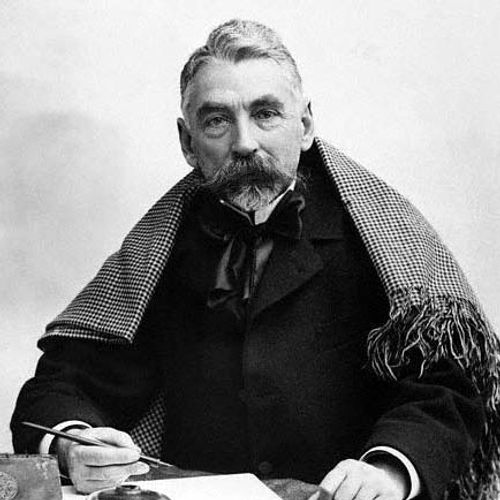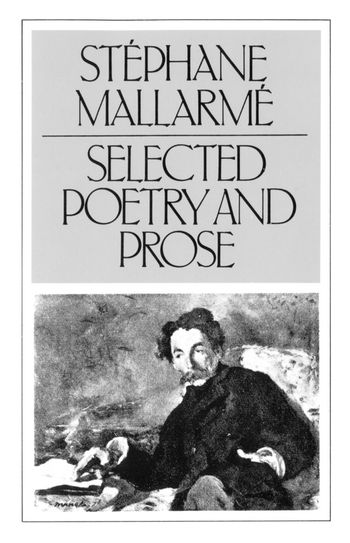Selected Poetry and Prose of Stéphane Mallarmé presents what can be considered the essential work of the renowned “father of the Symbolists.” Mallarmé’s major elegies, sonnets, and other verse, including excerpts from the dialogue “Hériodiade,” are all assembled here with the French and English texts en face. Also included (not bilingually) are the visual poem “Dice Thrown Never Will Annul Chance” and the drama “Igitur,” as well as letters, essays, and reviews. Although his primary concern was with poetry, the aesthetics of Stéphane Mallarmé (1842-98) has touched all the arts. During the last twenty years of his life, his Paris apartment was a major literary gathering place. Every Tuesday evening, standing beneath the portrait of himself by his friend Edouard Manet, the poet addressed reverent gatherings which included at various times Paul Valery and André Gide, among many others. The American painter James Whistler was influenced by these “Mardis,” and one of the best-known poems in the present collection, “The Afternoon of a Faun,” inspired Claude Debussy’s famous musical composition. In translation, the subtle and varied shades of Mallarmé’s oeuvre may best be rendered by diverse hands. Editor Mary Ann Caws, the author of books on René Char, Robert Desnos, and various aspects of modern French writing, has brought together the work of fourteen translators, spanning a century, from the Symbolists and the Bloomsbury group (George Moore and Roger Fry) to Cid Corman, Brian Coffey, and other contemporary poets and writers.



